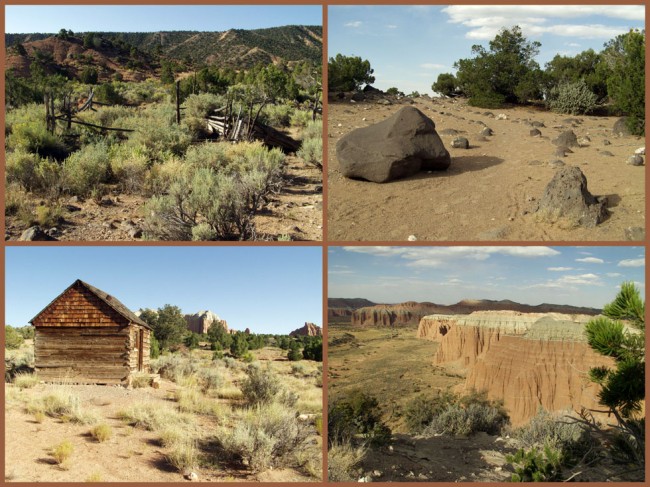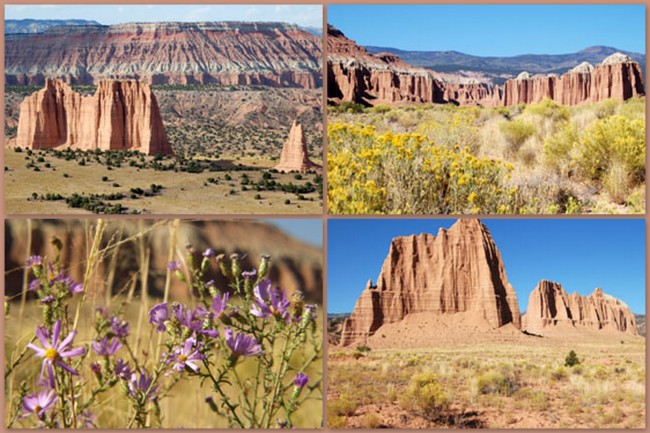Cathedral Valley, Utah
If you’re planning to travel to the state of Utah, you absolutely- positively must take time to visit Capitol Reef National Park, located in the south central portion of the state. It comprises 378 square miles of surrealistic canyons, mesas, buttes, ridges, and monoliths.
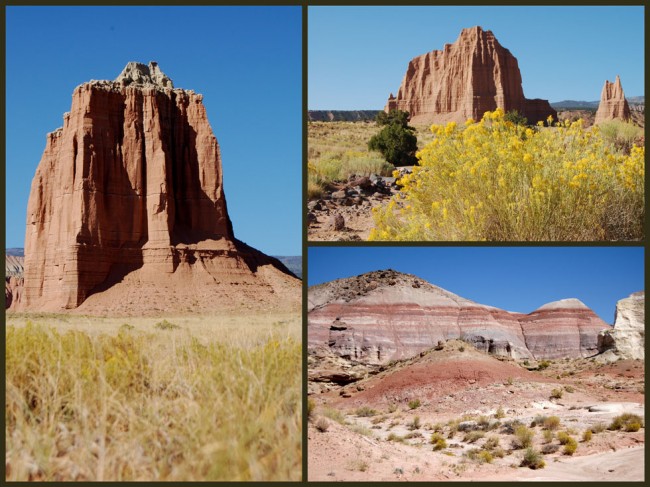
My friend Jeff Campbell and I decided to make it the primary destination of one of western outings, and I can say without hesitation that it was one of the greatest wilderness experiences I’ve ever had.
Our visit began with an overnight stay in the primitive (and free) Cathedral Valley campground in the north end of the park. This remote oasis set the stage for our visit. While checking out the area we noticed that there were signs posted warning us about recent mountain lion activity in the campground. As Jeff was sleeping in the back of his truck with a camper shell, his interest was minimal. I on the other hand was in a backpacking tent which was not exactly cougar-proof. To say that I slept lightly is a serious understatement.
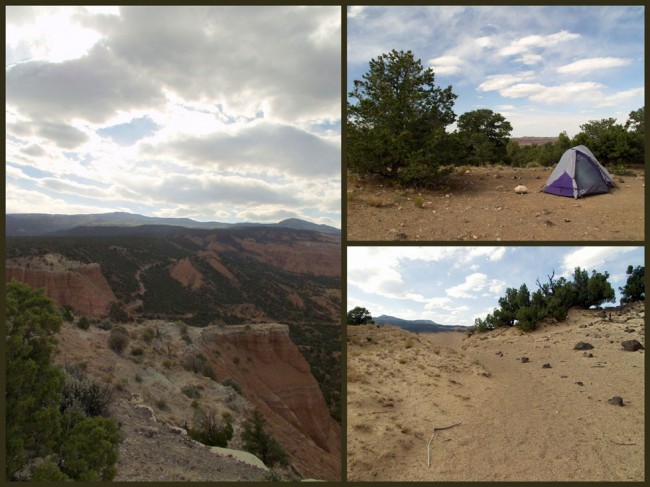
The morning broke with a great silence, one that gave the sense of being on another world. After breakfast we packed camp and headed down the dusty gravel road into the completely unknown. We descended hundreds of feet from the great height of the canyon rim into the valley below.
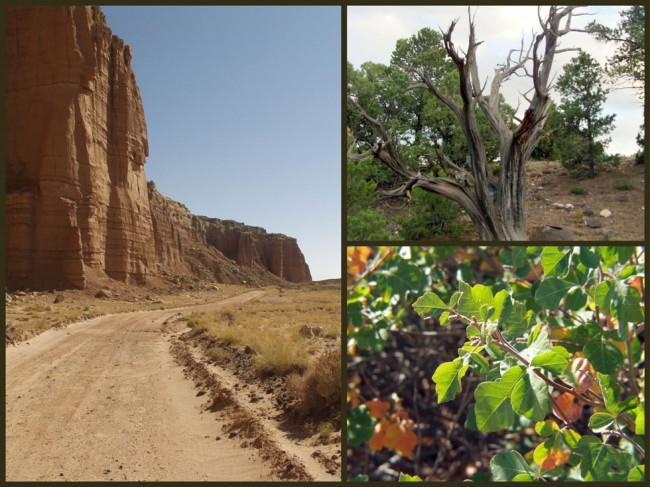
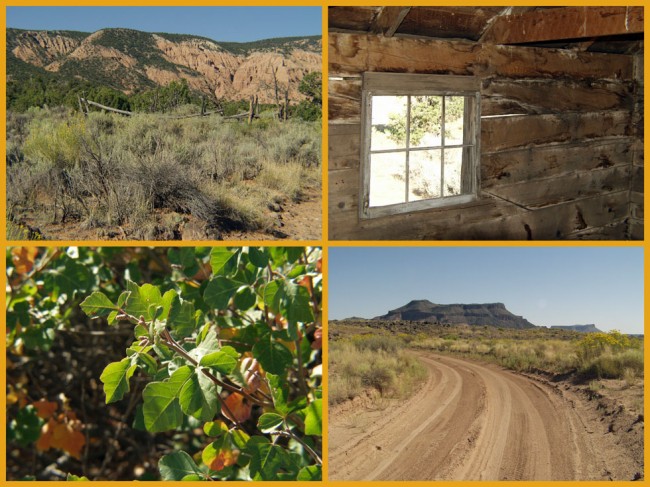
Once there we encountered a breathtaking desert environment, punctuated with abundant plant file, dark, brooding boulders of volcanic material (basalt) and monstrous formations everywhere. With names like: the Walls of Jericho, Temples of the Sun, Moon and Stars we found ourselves in complete awe of their sheer size. They were especially impressive set in the tidal flat topography. The formations were comprised of Entrada Sandstone, made of earthy, buff-pink material, protected by grayish-green Curtis Sandstone, forming a tough cap rock which sheltered the more easily eroded material beneath. On top of the Curtis, you’ll find a thin layer of reddish-brown siltstone called the Summerville Formation. Created 160 million years ago, the monoliths are made primarily of fine-grained sandstone, dating to the Jurassic period.
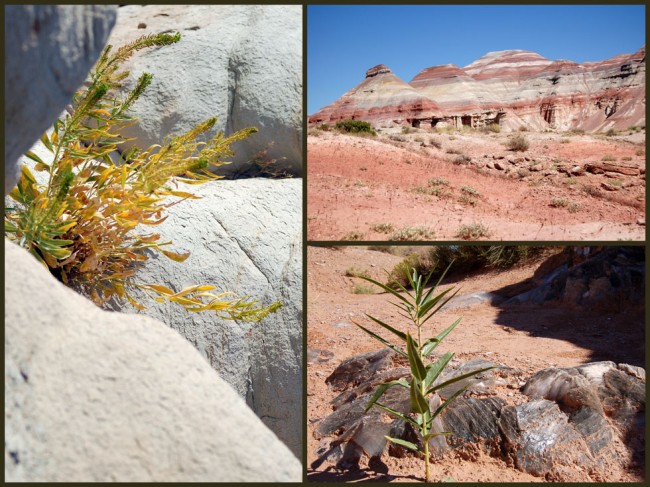
While exploring the valley we stopped frequently to study some of the other features, including a gypsum sinkhole (50 feet wide by 200 feet deep) and a formation called Glass Mountain, composed of massive crystals of selenite. We spent quite a bit of time exploring these two areas, though not as much as we would have liked to.
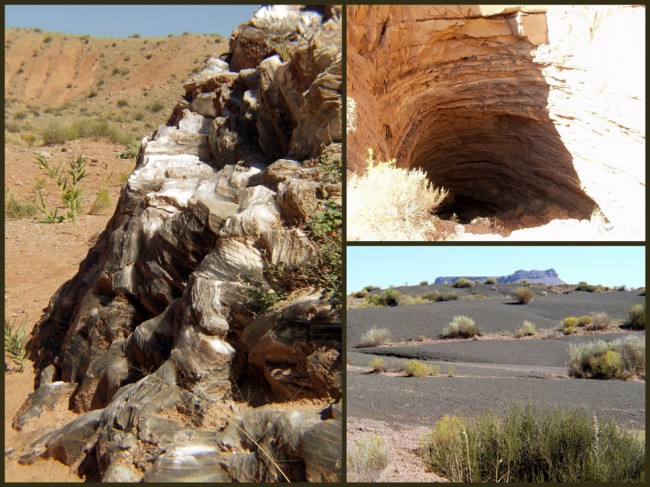
Departing the valley, we drove through magnificent clusters of Rabbit Brush, purple wildflowers; white sand interrupted by numerous “washes” and assorted cacti. Cathedral Valley is an experience that you’ll take with you for a lifetime, go see it.
